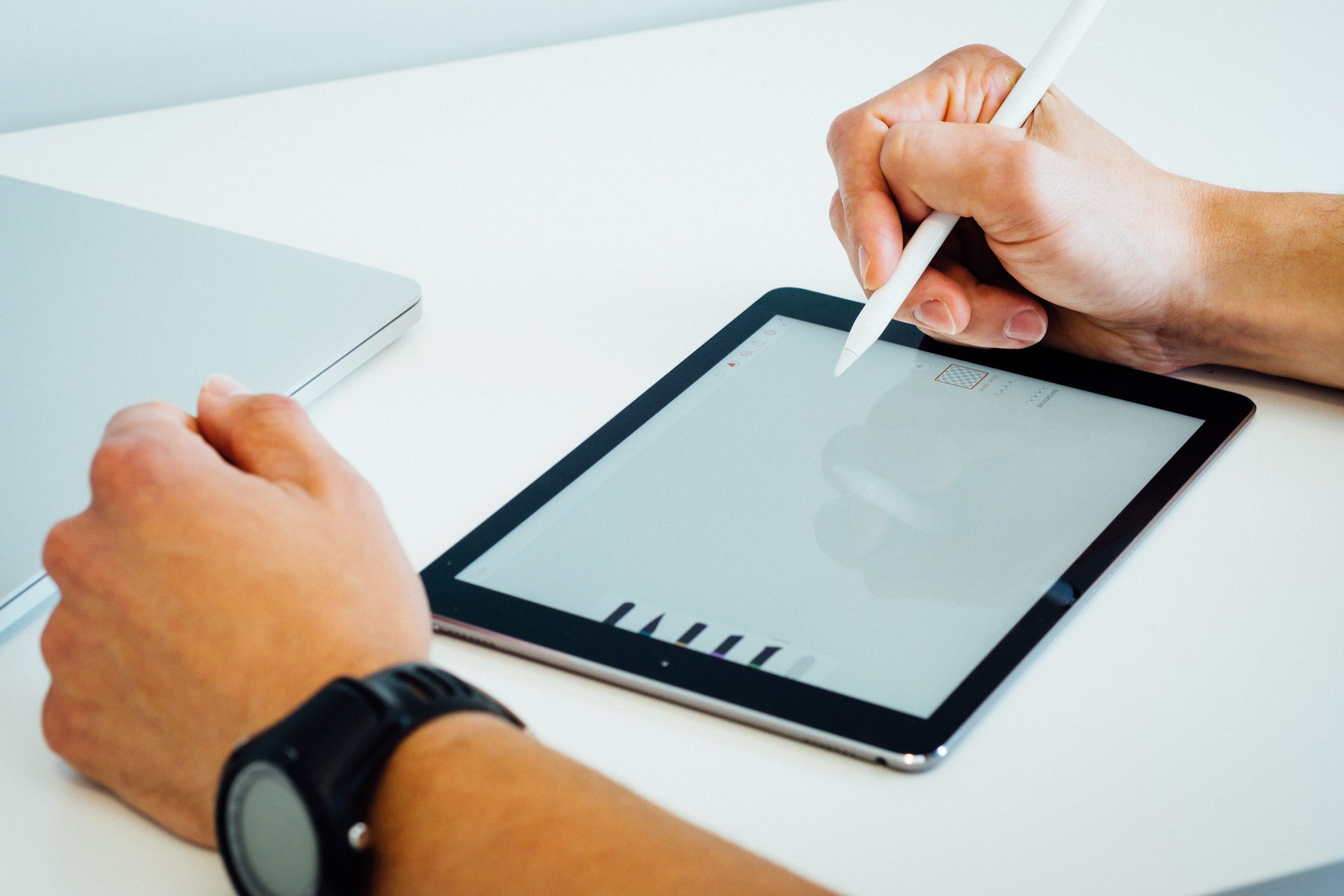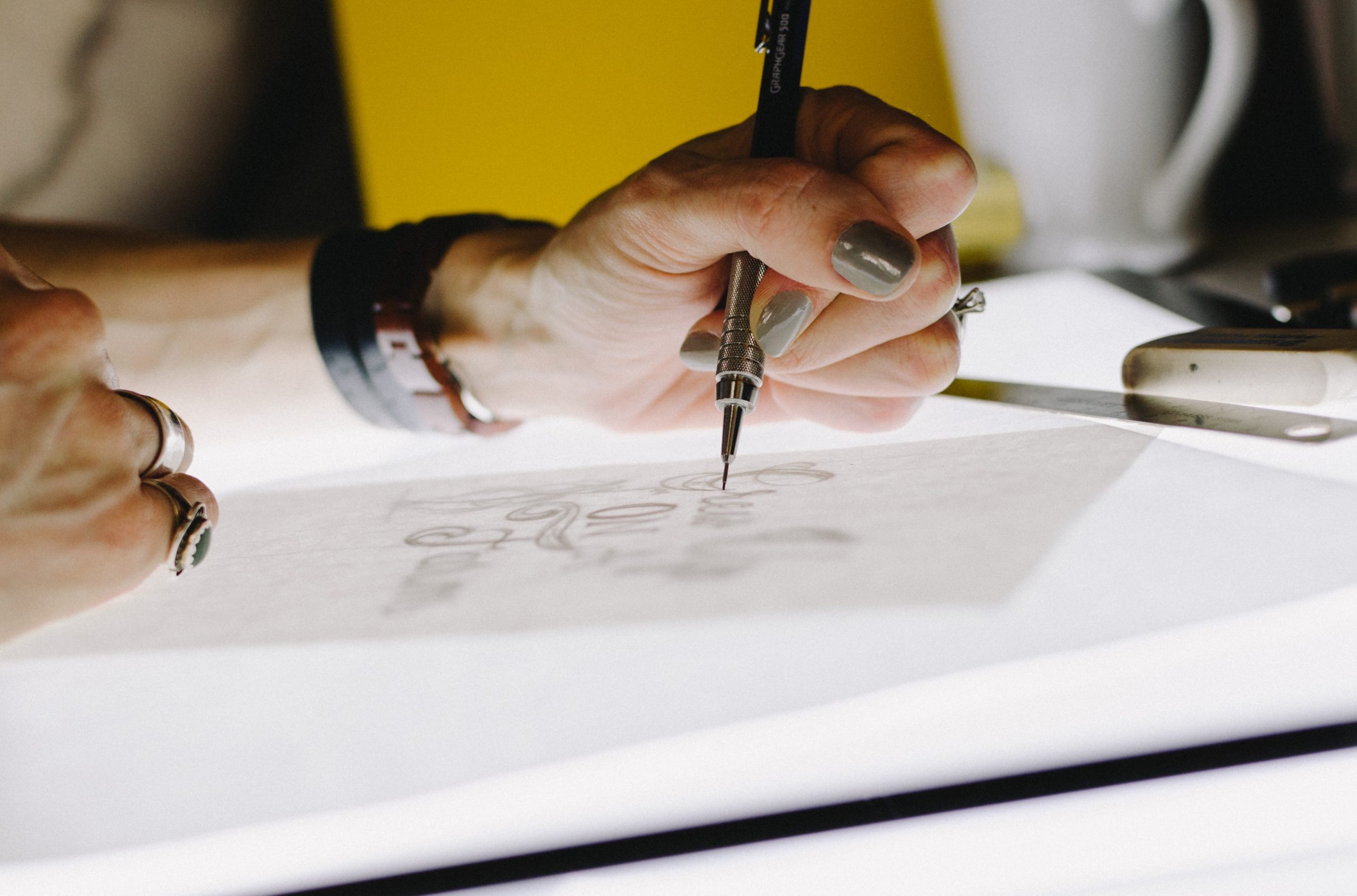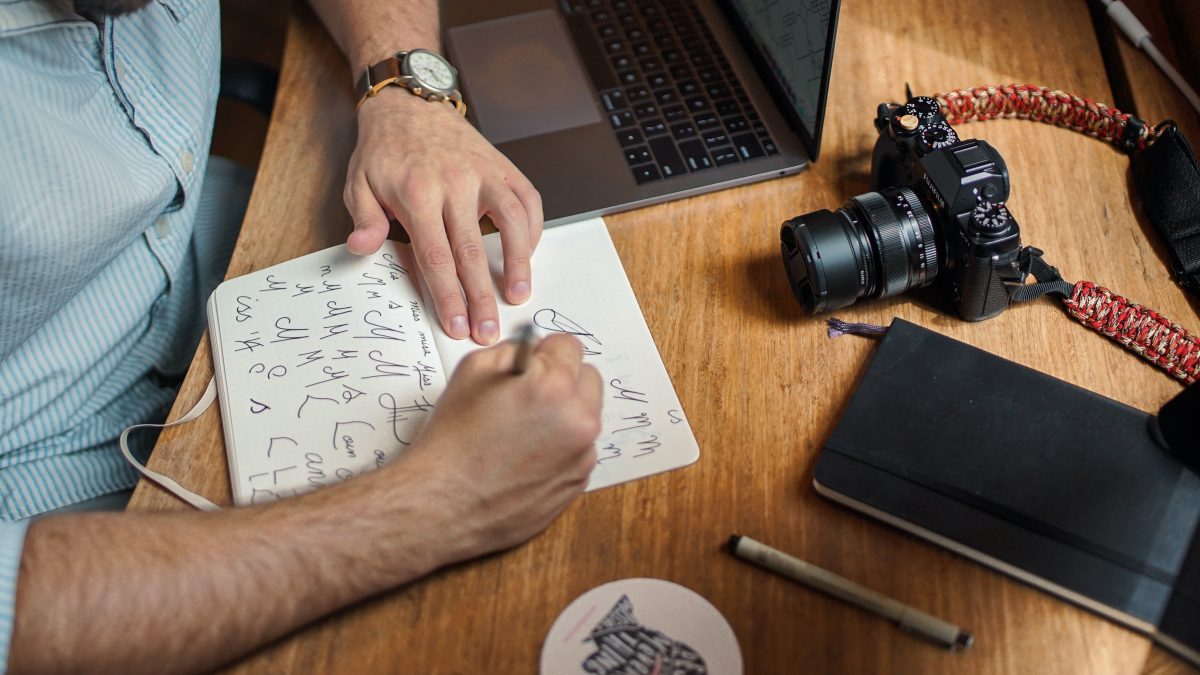Is your company’s logo looking a bit outdated? Maybe it’s time for a fresh new look to reflect the evolution of your business. But before you dive headfirst into a logo redesign, there are a few things you need to consider. In this article, we’ll walk you through the process of revamping your logo and provide valuable tips and insights to ensure that your redesign is successful. From understanding the importance of research and brainstorming to choosing the right color palette and typography, get ready to embark on a journey that will transform your brand identity.
The importance of a logo in branding
In the ever-evolving world of branding and marketing, a logo has become an essential tool for businesses to establish their identity and connect with their target audience. A well-designed logo not only serves as a visual representation of a company but also embodies its values, personality, and unique selling proposition. It is crucial in creating brand recognition and leaving a lasting impression on consumers.
The importance of a logo in branding lies in its ability to communicate the essence of a business concisely. A good logo instantly captures attention, making it easier for customers to recognize and remember your brand amidst the sea of competitors. It acts as a symbol that triggers associations with your company’s products or services, evoking emotions and building trust. Just think about iconic logos like Nike’s swoosh or Apple’s bitten apple; they are instantly recognizable worldwide because they have managed to create strong connections with their respective brands.
Moreover, having a well-crafted logo enhances credibility and professionalism. It adds legitimacy to your business by conveying that you take pride in your brand image and are committed to providing quality products or services. Potential customers are more likely to engage with brands that have visually appealing logos as it reflects attention to detail and offers reassurance in the overall brand experience. A thoughtfully designed logo can attract new customers while retaining existing ones by consistently representing what your business stands for.

Assessing the current logo design
Assessing the current logo design is a crucial first step when considering a redesign. It allows you to evaluate the effectiveness of your current logo and identify any areas that could be improved upon. One key aspect to look at is how well it reflects your company’s values and brand identity. Does it convey the message you want to send to your target audience? If not, it may be time for a change.
Another important factor to consider is the versatility and scalability of your logo. In today’s digital age, your logo will appear on various platforms and devices, ranging from social media profiles to mobile apps. Therefore, it is essential that your logo can adapt and maintain its integrity across different sizes and formats. If your current logo lacks flexibility or becomes pixelated when resized, it may be worth exploring options for a more dynamic design.
Additionally, evaluating the visual appeal of your existing logo is crucial in determining whether a redesign is necessary. The aesthetic aspects such as color palette, typography, and overall composition should all align with modern design principles while still remaining true to your brand’s vision. A dated or cluttered design can suggest inadequacy or an outdated image of the business. Taking all these factors into consideration will help guide you towards making an informed decision about whether a logo redesign is needed for your company’s growth and success.
Identifying the need for a redesign
One of the key signs that your logo needs a redesign is when it no longer accurately represents your brand’s identity. As businesses evolve over time, so do their values, goals, and target audience. A logo that was once effective may become outdated and fail to communicate the essence of your brand. Take a step back and evaluate whether your current logo aligns with your business’s current mission and message. If there is a disconnect, it might be time for a fresh design.
Another indication that a logo redesign is necessary is if you find yourself constantly making apologies or explanations about its meaning or relevance. Your logo should be able to speak for itself without any need for additional context. If you find yourself having to explain why certain elements were included or what the symbolism represents, it could be an indication that the design lacks clarity and simplicity. A clean and straightforward logo will leave a lasting impression on viewers, effectively conveying your brand’s message without extra explanation.
Lastly, pay attention to how people perceive your current logo. Conduct market research or survey customers to gather feedback on their thoughts and emotions evoked by the design. Sometimes, subtle changes can make a significant impact on how people perceive your brand overall. If feedback consistently suggests confusion or indifference towards your existing logo, it signals an opportunity for improvement through strategic redesigning.
In conclusion, recognizing the need for a logo redesign involves assessing whether it accurately reflects your evolving brand identity, evaluating its ability to speak independently without additional explanations while also considering external perceptions obtained through customer feedback.

Setting clear goals and objectives
Setting clear goals and objectives is essential when embarking on a logo redesign. Without a clear direction, you risk wasting time, money, and resources on a design that doesn’t align with your brand’s values or resonate with your target audience. By setting specific goals and objectives, you provide a roadmap for your design team to follow and ensure that everyone is working towards the same vision.
One key aspect of setting clear goals is defining what you want to achieve with the logo redesign. Are you looking to modernize your brand? Attract a new target audience? Enhance brand recognition? Each goal will require different design elements and strategies, so it’s important to be laser-focused from the start.
Moreover, having well-defined objectives can help evaluate the success of your logo redesign. Consider measurable criteria such as increased website traffic, higher conversion rates, or improved customer recognition. This will not only assist in assessing the effectiveness of the new logo but also allow future adjustments based on actual results.
Overall, setting clear goals and objectives is crucial for driving a successful logo redesign project. It ensures that all stakeholders are aligned from the beginning and provides a benchmark for measuring progress along the way. So take the time to reflect on what you hope to achieve through this process and be sure to communicate it clearly to your design team for optimal results.
Researching trends and competitors’ logos
When considering a logo redesign, it’s essential to thoroughly research current trends and evaluate your competitors’ logos. Why? Because staying ahead of the curve is crucial in today’s fast-paced market, and your logo should reflect the latest design aesthetics while remaining unique to set you apart from your competition.
Start by browsing design websites, blogs, and social media platforms to identify emerging logo design trends. Look for common elements such as minimalism, geometric shapes, gradients, or bold typography that resonate with your brand identity. However, be cautious not to blindly follow fads; instead, find ways to incorporate popular trends into a logo that will stand the test of time.
In addition to exploring trends, thoroughly analyze your competitors’ logos. Study their color schemes, font choices, layouts, and any symbols or icons they use. Identify what sets them apart from others in your industry and try to pinpoint areas where you can differentiate yourself through your own redesign. Remember that while it’s important to stay aware of what your competition is doing visually—they are also aiming for something unique—what works for one company may not work for yours. Focus on capturing the essence of your brand through an innovative design rather than imitating others’.

Collaborating with a professional designer or agency
Collaborating with a professional designer or agency is a smart move when it comes to logo redesign. These experts have the experience and creativity needed to transform your brand identity. They can offer fresh perspectives and new ideas that you may not have thought of on your own.
Working with professionals also ensures that your new logo will be well-crafted and visually appealing. Designers know how to balance elements such as color, typography, and composition to create a logo that stands out from the competition. Their knowledge of design principles helps them create logos that are not only aesthetically pleasing but also effectively communicate your brand message.
Additionally, collaborating with professionals allows for more efficient and streamlined design process. They have clearly defined steps in their workflow which help ensure timely delivery of the final product. By relying on their expertise, you can save time and energy that would otherwise be spent on trying to figure out the design process yourself.
In conclusion, partnering with a professional designer or agency can take your logo redesign project to the next level. Their expertise, creativity, and efficiency will help bring new life to your brand identity and leave a lasting impression on your target audience. So if you’re thinking of giving your logo a makeover, don’t hesitate to seek professional assistance – it’s an investment worth making!
Testing and gathering feedback on the new design
Once you have finalized the new design for your logo, the next crucial step is to test and gather feedback on it before launching it officially. Testing allows you to assess how well the new design resonates with your target audience and ensures that it effectively communicates your brand message.
One common testing method is conducting surveys or focus groups where participants provide their opinions and thoughts on the new logo design. This feedback can prove invaluable as it highlights potential flaws or areas of improvement that may not have been evident during the design process. Additionally, by involving your target audience in this stage, you can establish a sense of ownership and loyalty towards your brand, which can translate into better customer engagement.
Apart from surveys and focus groups, another effective way to gather feedback is through social media platforms. Share different variations of your new logo on social media channels and ask for people’s opinions in terms of what they like or dislike about each option. The advantage of using social media for this purpose is that it provides an avenue for a wider range of people to voice their thoughts, giving you greater insight into public opinion.
By thoroughly testing and gathering feedback on your new logo design, you can make informed decisions about any necessary revisions or improvements before its final launch. This helps ensure that your redesigned logo accurately reflects the values and personality of your brand while resonating with your target audience for maximum impact.
Conclusion: The power of a well-executed logo redesign
In conclusion, the power of a well-executed logo redesign cannot be underestimated. It has the potential to revitalize a brand, attract new customers, and even reposition the company within its industry. A logo is often the first impression consumers have of a business, and a successful redesign can make that impression even stronger.
A well-executed logo redesign can also breathe new life into an old brand. As companies evolve and grow, their identities need to reflect those changes. A thoughtful redesign can signal to customers that the company is shifting with the times and staying relevant.
Moreover, a strong logo redesign demonstrates confidence and professionalism within a brand. It showcases that the company understands its target audience while also embracing innovation and creativity. With social media platforms becoming increasingly visual-driven, having a visually appealing logo is more important than ever before.
Overall, when considering a logo redesign , taking time to thoroughly research your target audience’s preferences, understanding current design trends in your industry,and working closely with professional designers will all contribute to achieving a successful outcome for your brand.
Matej Milohnoja
Related posts
New Articles
The Black Box Recorder: Achieving Email Observability with WP Email Log
In modern DevOps, “Observability” is a core tenet. You cannot manage a system you cannot see. If a server spikes…


